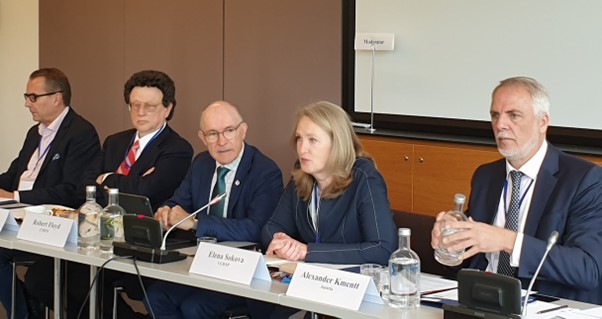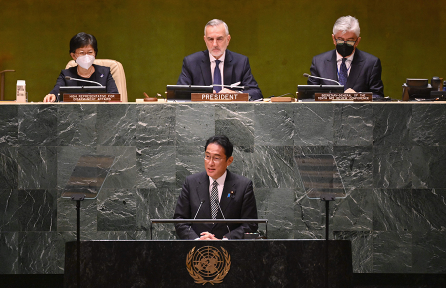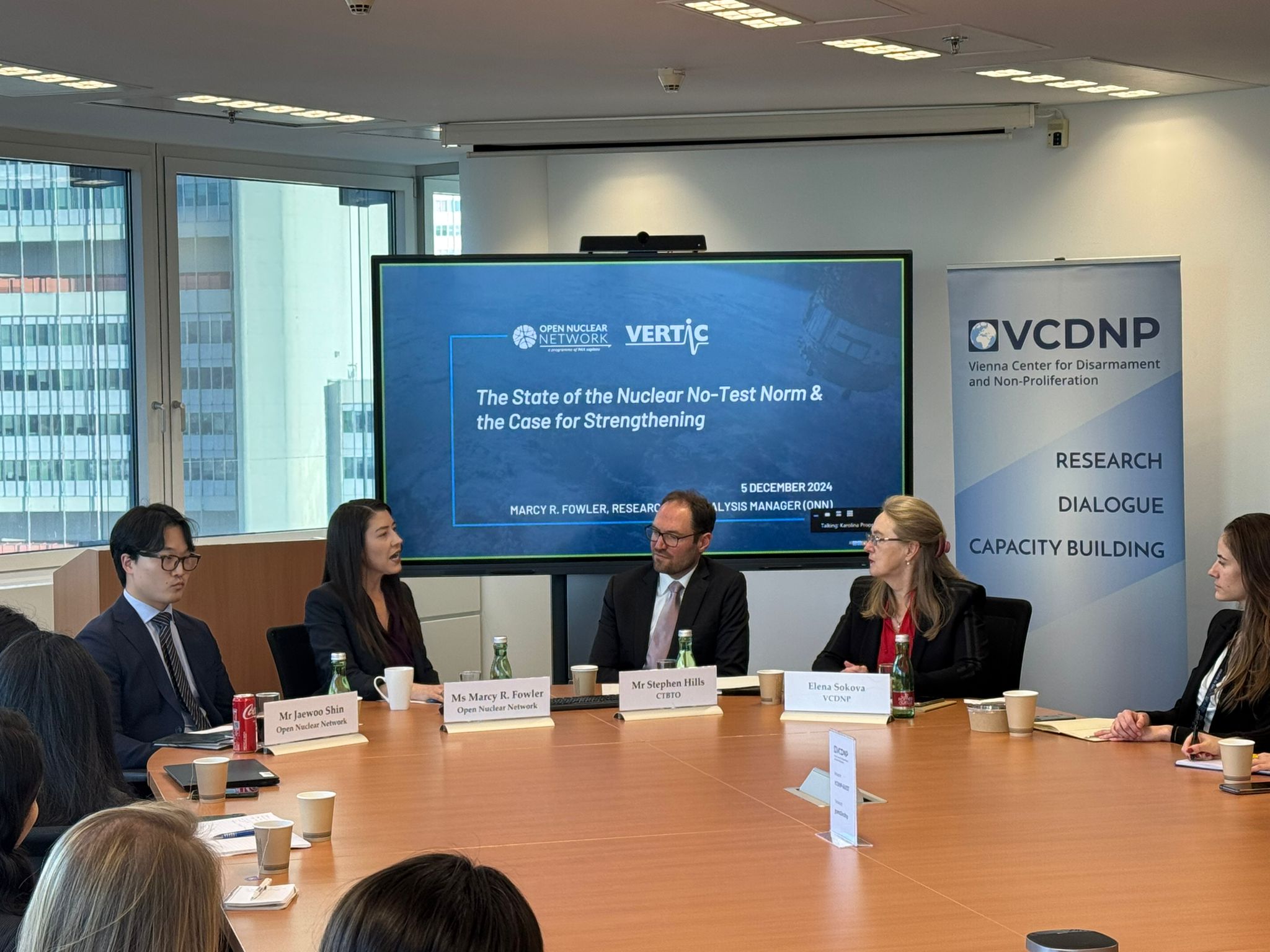
On 5 December 2024, the Vienna Center for Disarmament and Non-Proliferation (VCDNP) hosted experts from the Open Nuclear Network (ONN) and the Verification Research, Training and Information Centre (VERTIC) for a seminar titled “Strengthening Monitoring and Verification in Support of the Nuclear Test Ban.”
Experts convened to address the evolving threats to the Comprehensive Nuclear-Test-Ban Treaty (CTBT), explore advanced monitoring technologies, and highlight strategies to reinforce the global nuclear no-test norm.

VCDNP Executive Director Elena Sokova opened the seminar by highlighting the importance of preserving the nuclear no-test norm amidst intensifying geopolitical pressures. She emphasized the value of new analytical tools that strengthen CTBT verification efforts and provide the technical foundation for trust and cooperation.
Marcy R. Fowler, Research and Analysis Manager at ONN, explored the state of the no-test norm and the factors threatening its stability. She emphasized its centrality to global non-proliferation, arms control, and disarmament efforts, noting the 30-plus years of international consensus against nuclear testing due to its severe security and environmental consequences. However, Fowler warned of concerning developments, such as North Korea’s potential preparations for a seventh nuclear test, Russia’s de-ratification of the CTBT in 2023, and growing public debates within Russia and the United States on resuming nuclear testing.
She outlined the normative, technical, and strategic consequences of testing resumption, including that it could undermine the CTBT and weaken the broader non-proliferation regime, accelerate the development of new warheads, and intensify arms races.
To address these challenges, Fowler called for additional CTBT ratifications, enhanced transparency, and reinforced monitoring and verification capacities.
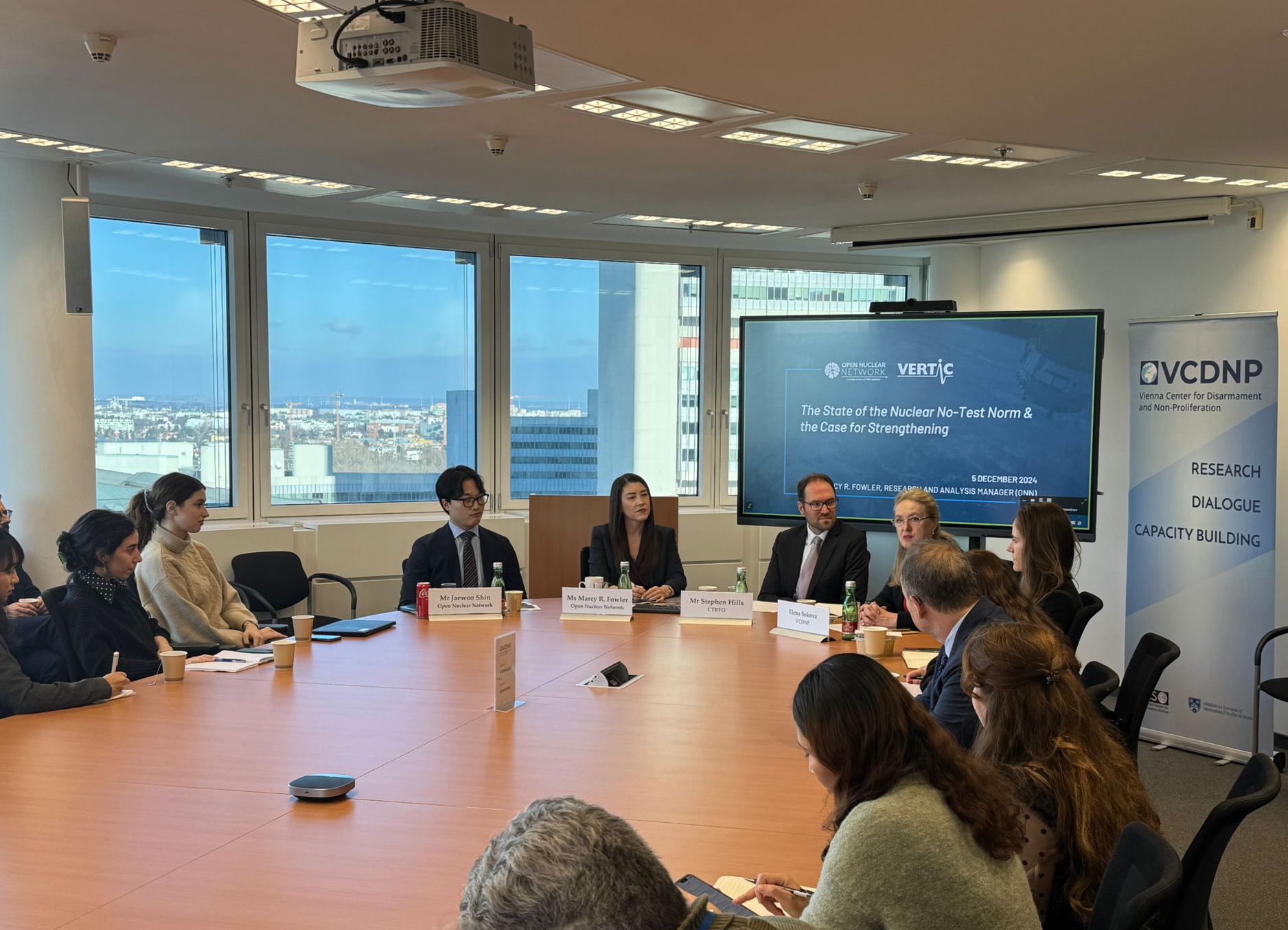
Jaewoo Shin, Senior Analyst at ONN, shared findings from a joint ONN-VERTIC project analyzing nuclear test site activities using satellite imagery and open-source information. Shin emphasized the importance of these information sources, combined with advanced analytical techniques, in remotely monitoring developments and assessing compliance, particularly in the absence of other information and in-person visits.
He provided updates on major test sites in China, North Korea, Russia, and the United States, noting observable patterns of maintenance and modernization. These activities, while consistent with efforts to maintain test readiness, do not suggest imminent preparations for nuclear testing.
Shin highlighted the capacity of satellite imagery and open source information to offer valuable insights into test site operations, enabling a degree of forward-looking analysis. However, he acknowledged some limitations of satellite imagery analysis, such as the potential for alternative interpretations of observed activities. To address these challenges, Shin called for increased transparency at test sites and advocated for the use of advanced remote sensing technologies for enhanced monitoring capabilities.
Hugh Chalmers, Senior Researcher at VERTIC, discussed the consultation and clarification mechanism, an underexplored yet vital element of the CTBT’s verification regime. As the treaty’s “fourth pillar,” this mechanism allows states to collaboratively address compliance concerns, fostering trust and transparency.
Drawing from historical records and other treaties like the Chemical Weapons Convention, Chalmers outlined the mechanism’s untapped potential. He highlighted the need for CTBT signatories to develop a collective understanding of how the mechanism might work, including:
· The range of compliance concerns that may be addressed, and the manner in which those concerns could be raised.
· The information that may be requested and shared – including open sources of information – that would build confidence in and support enforcement of compliance.
· The forums and mechanisms through which consultation and clarification could take place, and the outputs that would emerge from the process.
Chalmers urged CTBT signatories to develop a collective understanding of the consultation and clarification mechanism to strengthen the treaty and support its eventual entry into force.
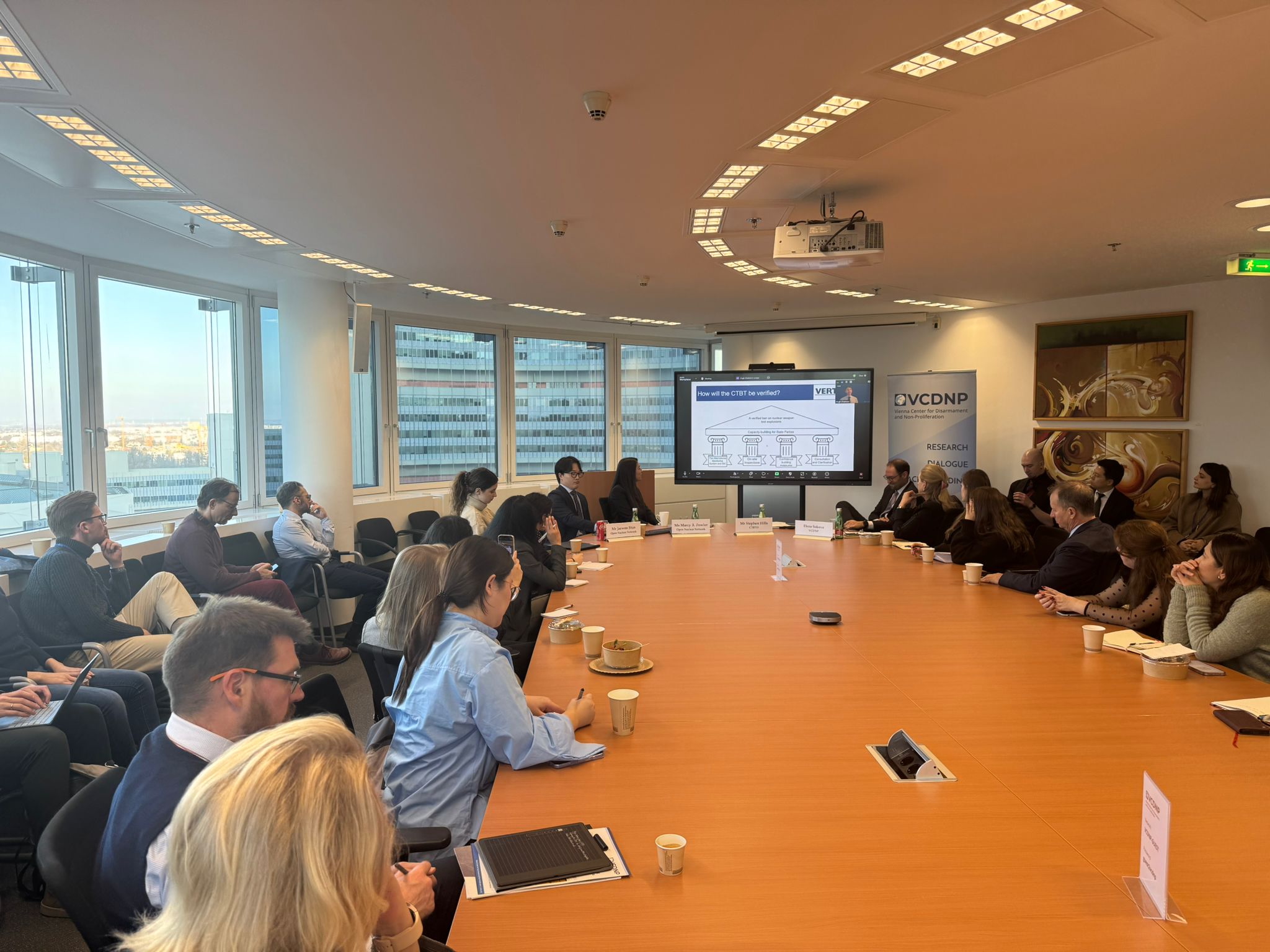
Stephen Hills, Senior Advisor at the CTBTO, showcased the International Monitoring System (IMS) as a powerful tool for monitoring and verification, and highlighted the importance of credible, independent and evidence-based analysis in times of uncertainty. He recounted how misleading speculation on social media regarding two recent seismic events in northern Iran was debunked by authoritative IMS data, which showed the events were consistent with previous earthquakes in the area. This, he argued, demonstrates the effectiveness and contribution of the IMS to international peace and security, even before the Treaty’s entry into force.
Hills recounted the CTBTO’s ongoing efforts to develop and enhance its established verification technologies, highlighting improvements in Noble Gas systems, and machine-learning, as examples of how the organization is working to strengthen the IMS and its International Data Centre.
Finally, he emphasized the need not only to develop technology, but to develop people. He emphasized the importance of building capacity across geography, gender and generations to ensure that verification mechanisms stay effective and up to date.
As the seminar concluded, participants reflected on the enduring relevance of the CTBT and no-test norm in safeguarding global security. They agreed on the urgent need to promote the entry-into-force of the CTBT, enhance transparency, and foster international cooperation to address the challenges posed by evolving threats and technologies.
The VCDNP extends its gratitude to ONN and VERTIC for their collaboration in organizing this timely and critical discussion.

